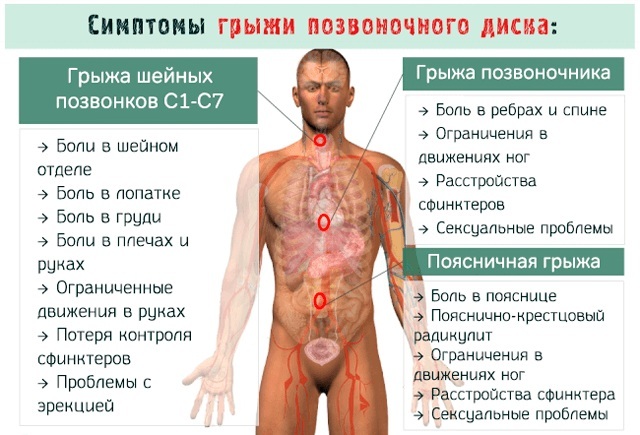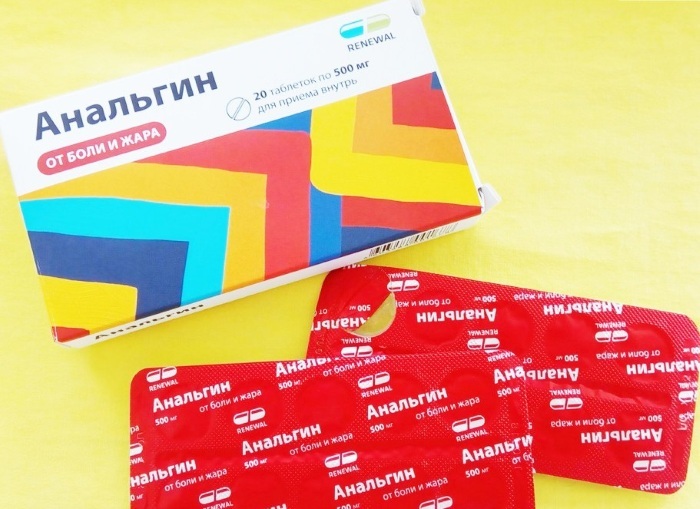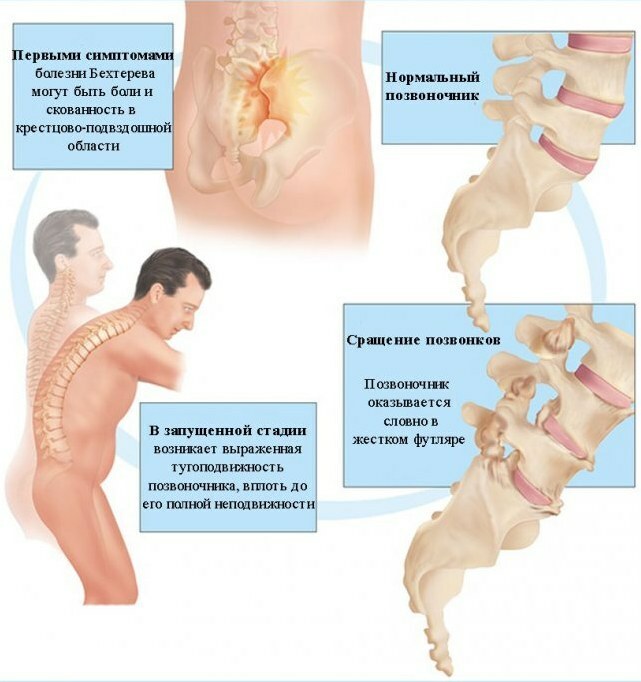articular rheumatism - an inflammatory disease of the connective tissue that occurs in susceptible individuals after a streptococcal infection. In addition to pathological changes of the joints exposed layer of the heart, internal organs and skin. The fact that such an articular rheumatism, will be discussed in this article.
GENERAL
The motor activity of man depends on the condition of the joints. It was felt that rheumatic fever - a disease of elderly people. In fact, statistics indicate widespread disease among children and youth, and the elderly patients suffer from complications of the disease.
Confirm the common misconception is that 80% of patients with symptoms of rheumatic joints - these are people under the age of forty years. The peak incidence is noted in age from 7 to 15 yearsThis is due to hormonal instability in this age category. Women rheumatism diagnosed in 2-3 times more often than men.

CAUSES
At the moment, articular rheumatism is well studied, its etiology and mechanism of development thoroughly clarified.
For the occurrence of the disease, a combination of three factors, only under the conditions of the presence of the disease begins to develop.
Factors affecting the development of the symptoms of rheumatic fever:
- infection hemolytic streptococcus;
- forming in the body of specific antibodies against an infectious agent, and for joint disease tissue;
- a genetic predisposition to allergies and autoimmune reactions.
After 10-20 days after acute or chronic streptococcal infection (tonsillitis, pharyngitis, scarlet fever, tonsillitis) develop acute articular rheumatism. This is a consequence of a specific antibody response to the pathogen in the blood of toxins. These antibodies are designed to fight strep, but mistakenly hit their own connective tissue cells. Studies have shown that these reactions are not all underwent a sore throat, but only in carriers of a particular protein of group B. According to the observations of doctors, rheumatic joints for months after infection is facing approximately 2.5% of patients.
CLASSIFICATION
There are two main forms of the disease. Symptoms of rheumatic joints and treatment depend on whether an acute or chronic form it takes.
pathology forms:
- Acute occurs in children and young people from infectious diseases is growing rapidly. It begins with the general intoxication, but after 2-3 days there are characteristic symptoms of rheumatic joints. An acute condition is observed for 3-6 months. Especially dangerous is the defeat of the heart.
- Chronic often develops in people under the age of forty years. for recurrent disease despite treatment measures. Exacerbations occur regularly - several times a year, usually in the fall and winter. By the chronicity of joint rheumatism predisposed those who live in damp and cool place. Pathology becomes sluggish state, except tissue of joints affects the heart, felt constant pain that affects the quality of life of the patient.
SYMPTOMS
Symptoms of rheumatic joints appear 2-3 weeks after suffering an infection in the upper respiratory tract. Symptomatology is diverse and depends on the area of injury and disease activity, but its main features to help detect disease.
The main clinical manifestations of the disease:

- Pain in the joints when moving, their swelling, redness and local temperature rise. Disease prone to large joints. Intense pain, grow and become unbearable. So, the symptoms of the knee joint rheumatism cause so much pain that move and flex leg is no longer possible. The defeat of the joints symmetrically, if there is pain in one spot, then a few days later pain spread to the second.
- intoxication syndrome occurs due to an increase in body temperature. It is expressed in weakness, loss of earning capacity, loss of appetite, fatigue.
- Chest pain points to the spread of disease to the heart tissue. These symptoms do not appear immediately, but after a few days after the onset of arthralgias.
- Of annular lesions occur on rare occasions and look like round pink rash with irregular edges.
- Rheumatic nodes are also considered to be a rare occurrence - appear at the site of injury in the form of subcutaneous seals do not cause pain and are stored for two months.
DIAGNOSTICS
For the experienced specialist is not difficult to identify the disease in a number of clinical signs, but before you treat articular rheumatism, surveys are conducted to confirm the diagnosis and identify possible complications of the heart and internal authorities.
Diagnostic Methods
- Clinical and biochemical blood test indicates an inflammatory response, resulting in the formed articular rheumatism.
- Immunological analysis helps to identify specific disease agents that appear in the blood after a week from the beginning of the pathological process and reaches a maximum of 3-6 weeks.
- Ultrasound, electrocardiogram and echocardiogram heart evaluates the condition of the heart, it helps to rule out or confirm his defeat.
- Radiography of the joints, arthroscopy, puncture and biopsy of synovial fluid are conducted to analyze their condition.

TREATMENT
Treatment of rheumatic joints should begin immediately after the first signs of the disease for the prevention of severe complications.
Typically, therapy is complex and is carried out simultaneously on several fronts.
Methods of treatment:
- Bed rest and a diet low in salt, carbohydrates and high amounts of protein in food. Restrict the mobility is especially important in the treatment of knee joint.
- The course of antibiotics penicillin.
- Nonsteroidal anti-inflammatory drugs locally and systemically.
- Diuretics to relieve swelling.
- Immunosuppressants and gamma-globulins to improve immunity.
- Physiotherapy (massage, heating, electrophoresis, UHF, paraffin baths).
- Plasmapheresis allows to clean the blood from antibodies and toxic substances.
Cure rheumatism of the joints is possible, but it is a long process that takes about 50 days.
COMPLICATIONS
Before treating articular rheumatism methods of traditional medicine, it is necessary to think about the possible harmful effects of such a decision.
Complications of the disease:
- Going in a slow chronic, relapsing course constantly.
- Rheumatic heart disease and the development of heart diseases after heart valve damage.
- The development of heart failure due to lower contractile activity of the heart rate rhythm disturbances and diffuse changes.
- Ischemia and thromboembolism - appearance of foci of broken and occluded blood vessels not only in the heart, but also in the retina and renal arteries.
- Cardo infectious origin - inflammation of the heart membranes represents a serious threat to the patient's life.
PREVENTION
The only effective measure for primary prevention of rheumatic joints is to prevent the development of a streptococcal infection. Methods aimed at secondary prevention of prevention of recurrent relapses, as each subsequent outbreak of the disease increases the risk of heart damage.

Preventive measures:
- Increased immunity to prevent the entry of infectious agents into the body.
- Good nutrition and adequate rest.
- Limiting contact with carriers of streptococcal infection.
- Timely therapy colds and respiratory diseases in the acute stage.
- Prophylactic dental checkups for oral sanitation.
- Reception-inflammatory and antimicrobial use in the cold season to prevent recurrence.
You must know that such symptoms of rheumatism of the joints, as severe pain and a sharp increase in body temperature should be a cause for seeking medical help. Timely treatment helps to avoid serious complications and return to a normal life without the harmful effects of the disease.
FORECAST FOR RECOVERY
In order to cure rheumatism and joints to prevent severe consequences, you must begin therapy as early as possible. Practice shows that timely action is almost completely eliminate the threat to the life of the patient. And after quality treatment rheumatic diseases of the joints do not disturb signs. Depending on the complexity of heart disease is determined by the severity of the forecast.
According to doctors, the most unfavorable considered progressive and continuing for rheumatic joints.
The first manifestations of the disease in persons over 25 years old, tend to have a favorable outcome, and do not affect the function of the heart. The risk of secondary defects significantly increases the detection of diseases in children and late onset of treatment. Especially dangerous is erased form of the disease, in which a child complains of pain in the feet and hands, and parents think it is the consequence of active games and bruises. Articular rheumatism is left untreated, it progresses rapidly and is detected at the stage of irreversible changes.
Found a bug? Select it and press Ctrl + Enter



